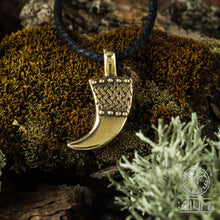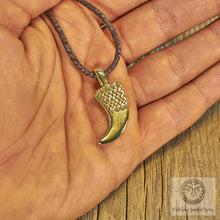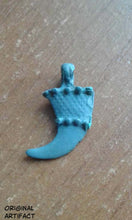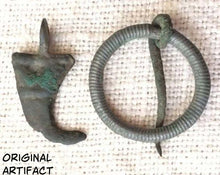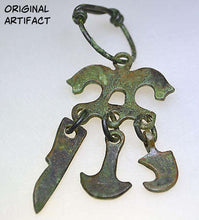
Production time 5-7 business days.
Estimated shipping time
North America: 1-3 weeks
South America: 3-5 weeks
Europe: 1-2 weeks
Australia, New Zealand and Oceania: 3-5 weeks
Asia Pacific: 3-5 weeks
Pendant height: 25 mm
Pendant width: 10 mm
A drinking horn is the horn of a bovid used as a drinking vessel. It is a symbol of courage, luck, and abundance. The last photos are depicted the Slavic and Viking Medieval artifacts.
A little bit of history...
Drinking horns are known from Classical Antiquity especially in the Balkans and remained in use for ceremonial purposes throughout the Middle Ages and the Early Modern period. Drinking vessels made from glass, wood, ceramics, or metal styled in the shape of drinking horns are also known from antiquity. Drinking horns were used by Ancient Greeks, Scythians (territory of modern Ukraine), Vikings, Slavs, etc. We have much archaeological evidence. For example, one Slavic deity on the famous Zbruch idol (Svetovyd) 9 century AD also keeps a drinking horn. The idol was found in Ukraine. An interesting drinking horn from the 10 century with a scene of Norse or Slavic mythologies was found in the grave of Chernihiv Prince (old city Chernigiv, Ukraine). Some scientists say that this scene shows us an episode of Ragnarök.
In Nordic mythology Heimdall kept the “ringing” horn, Gjallarhorn, which could be heard throughout heaven, earth, and the lower world; it was believed that he would sound the horn to summon the gods when their enemies, the giants, drew near at the Ragnarök, the end of the world of gods and men.





